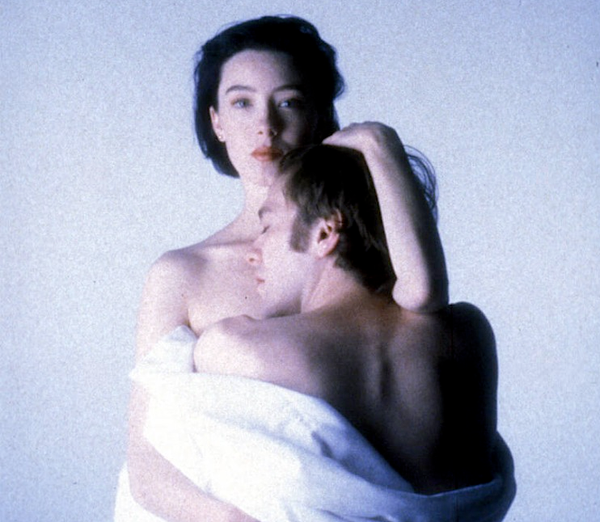HOW DAVID LYNCH ENRICHED MY LIFE
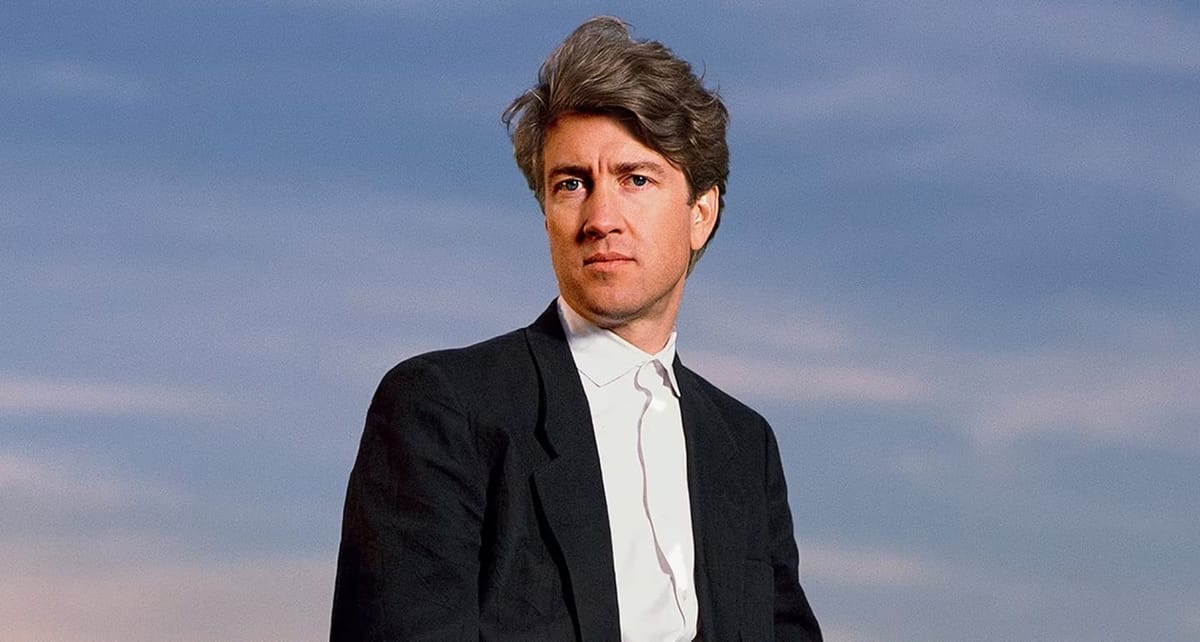
The year was 1997, I was a 14 year old rebellious goth and devoted NIN fan when I was first introduced to DAVID LYNCH upon purchasing the Rolling Stone magazine that featured him and Trent Reznor. The issue’s focus was Lynch’s latest film Lost Highway and its soundtrack produced by Reznor including music recorded by him and long time Lynch collaborator Angelo Badalamenti (d. 2022). I bought the CD and it was heavily rotated in my discman and the VHS of Lost Highway was frequently rented from my local Blockbuster. I was accustomed to NIN’s music so the song “The Perfect Drug” and music video directed by Mark Romanek undoubtedly won my approval, but my first time watching a DAVID LYNCH film was a profound experience that broadened my impressionable mind. I remember the exact moment I was first affected by Lynch’s artistry. There’s a scene in Lost Highway that takes place in Fred (Bill Pullman) and Renee’s (Patricia Arquette) home after the party. While Renee’s taking off her makeup in the bathroom, Fred gazes into a pitch-black hallway. As he begins slowly walking down the corridor, all we see is his body disappearing into darkness. My body entered paralysis and my mind was filled with anticipated dread. The setting accompanied by ambient sounds radiated through the screen and captivated my attention in a way no movie had done before. We then see Fred standing at the end of the hallway looking at his reflection in a mirror then Renee calling his name into the abyss to no response. At this moment, I feared for her safety. Even the low-lit shots of the house’s interior showing furniture designed by and belonging to Lynch were equally terrifying. I was enthralled by the atmosphere of mystery in Lost Highway, specifically the conversation between Fred and the Mystery Man (Robert Blake) at the party, and fascinated by Lynch’s skills. I was engrossed by the haunting cinematography and ominous tracking shots which I would soon discover were his trademark. When the movie was over, for weeks I couldn’t stop thinking about how a man dissolving in darkness could convey such a strong emotional reaction of sheer terror in me. The experience initiated my journey into his repertoire but it evolved into a much deeper scope of Lynch’s influence on my life and he continued to play an integral part in my development into adulthood. (Also, I can’t be the only one who thought Bill Pullman was hot and kind of resembled Trent Reznor in Lost Highway.)
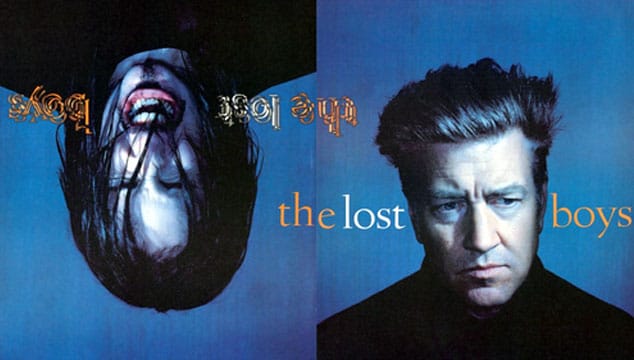
As time went on, I embarked on watching more of his feature films beginning with Eraserhead, then Elephant Man, Dune, Palme d’Or winner Wild at Heart and Inland Empire. Blue Velvet and Mulholland Drive became more frequent and favoured views but when it comes to Lynch’s movies, I’d have to say Mulholland Drive is my favourite as it contains scenes that hark back to the haunting and mysterious atmosphere I once fell in love with in Lost Highway. Most notably, the Bum behind Wink’s diner and the conversation between Adam (Justin Theroux) and the Cowboy (Monty Montgomery), which is reminiscent of Fred and the Mystery Man’s first encounter. Once again, I feared for Dan (Patrick Fischler) and Adam’s safety and noticed the theme of duality in both films. Originally made as a TV pilot to become a series then later reworked to create the feature film, Mulholland Drive is considered to be Lynch’s magnum opus and appears in greatest movies of all time lists. As an inquisitive person always wanting to know the meaning behind everything (that’s the Lisa Simpson in me), I spent hours reading theories and interpretations online trying to solve the film. When I learned Lynch refused to comment on the film’s meaning, I understood the mysteries that lie within the unknown are freely everywhere for us to analyze and that all interpretations are allowed. He gives us clues that ignite our creativity and our imagination is the key that unlocks the mystery’s meaning. (It’s also acceptable to leave mysteries unsolved to preserve their mysterious nature). He writes in his book Catching the Big Fish: “A film should stand on its own. It’s absurd if a filmmaker needs to say what a film means in words…Cinema can be very abstract, but people have a yearning to make intellectual sense of it, to put it right into words. And when they can’t do that, it feels frustrating. But they can come up with an explanation from within, if they just allow it.”

Mulholland Drive is a masterful film and its legacy is embedded in cinematic history but what really struck a chord with me was Twin Peaks. I was 8 years old when it was on TV so unfortunately, it flew under my radar. I first watched it after the first season was released on DVD but it took until the “Definitive Gold Box Edition” for me to catch up on the entire series. Twin Peaks has become an annual comfort show binge and goes down as one of my favourite shows of all time. Being from Alberta, I spent many childhood vacations in the Pacific Northwest and Rockies. I remember scenic drives through massive mountains, lush forests filled with Douglas-fir trees and valleys with rivers running through them in Montana, B.C. and Washington. I’ve always been enamoured with the vastness of Earth’s beautiful nature and Twin Peaks is a nature lover. Lynch incorporates mystery with stories of the woods that are further explored in Mark Frost’s dossier-style novel The Secret History of Twin Peaks. But watching Twin Peaks in my mid-20s coincided with my navigation away from anger that was rooted in my childhood trauma. I started becoming more self-aware and my consciousness was finally welcoming the person I was meant to be that for years was buried by alcohol and self-doubt. The “Definitive Gold Box Edition” includes the option to play Twin Peaks episodes with the “Log Lady Introductions”. These verses read by Catherine E. Coulson as Margaret Lanterman were sermons for me, aiding in my introspection and helped me abandon negative emotions like hate and anger and stray towards positive ones like love and compassion. The Log Lady says in one of her intros: "Sometimes we want to hide from ourselves. We do not want to be us. It is too difficult to be us. It is at these times that we turn to drugs and alcohol or behavior to forget that we are ourselves. This is – of course – only a temporary solution to a problem which is going to keep returning, and sometimes these temporary solutions are worse for us than the original problem. Yes, it is a dilemma. Is there an answer? Of course there is. A wise person once said with a smile, the answer is within the question."
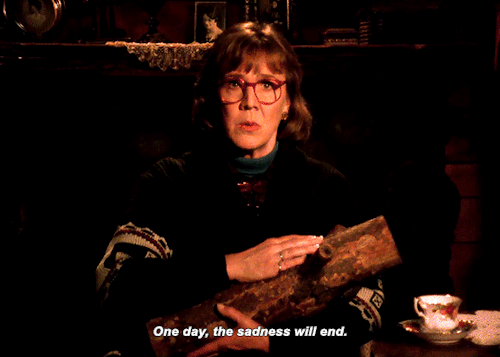
I began reading about Buddhism and practicing meditation to help me through my trauma while simultaneously watching Dale Cooper (Kyle MacLachlan) convey his interest in Tibet and his belief in the power of intuition. Many characters in Twin Peaks like Dale Cooper, Major Briggs (Don David), Harry Truman (Michael Ontkean) and Deputy Hawk (Michael Horse) are very present and react to the unknown with calmness and I coveted their tranquility. Darkness and suffering in the world is reflected in characters like Laura Palmer (Sheryl Lee) and Bob (Frank Silva) but Lynch’s advocation of meditation helped me develop fortitude and learn the importance of balance instead of constantly dwelling in my depression. Another quote from the Log Lady’s intros is: “Balance is the key. Balance is the key to many things. Do we understand balance? The word 'balance' has seven letters. Seven is difficult to balance, but not impossible.” For me, Twin Peaks is a show that examines the depths of reality and identity and it resonated with me at a time when I yearned to understand myself within life’s abstractions. I empathized with Laura Palmer in Twin Peaks: Fire Walk with Me as I was internally conquering my own pain and sorrow and I saw Dale Cooper as a mentor for achieving inner happiness. In Lynch’s book “Catching the Big Fish” he says: “The thing about meditation is: You become more and more you.” and “True Happiness lies within”.
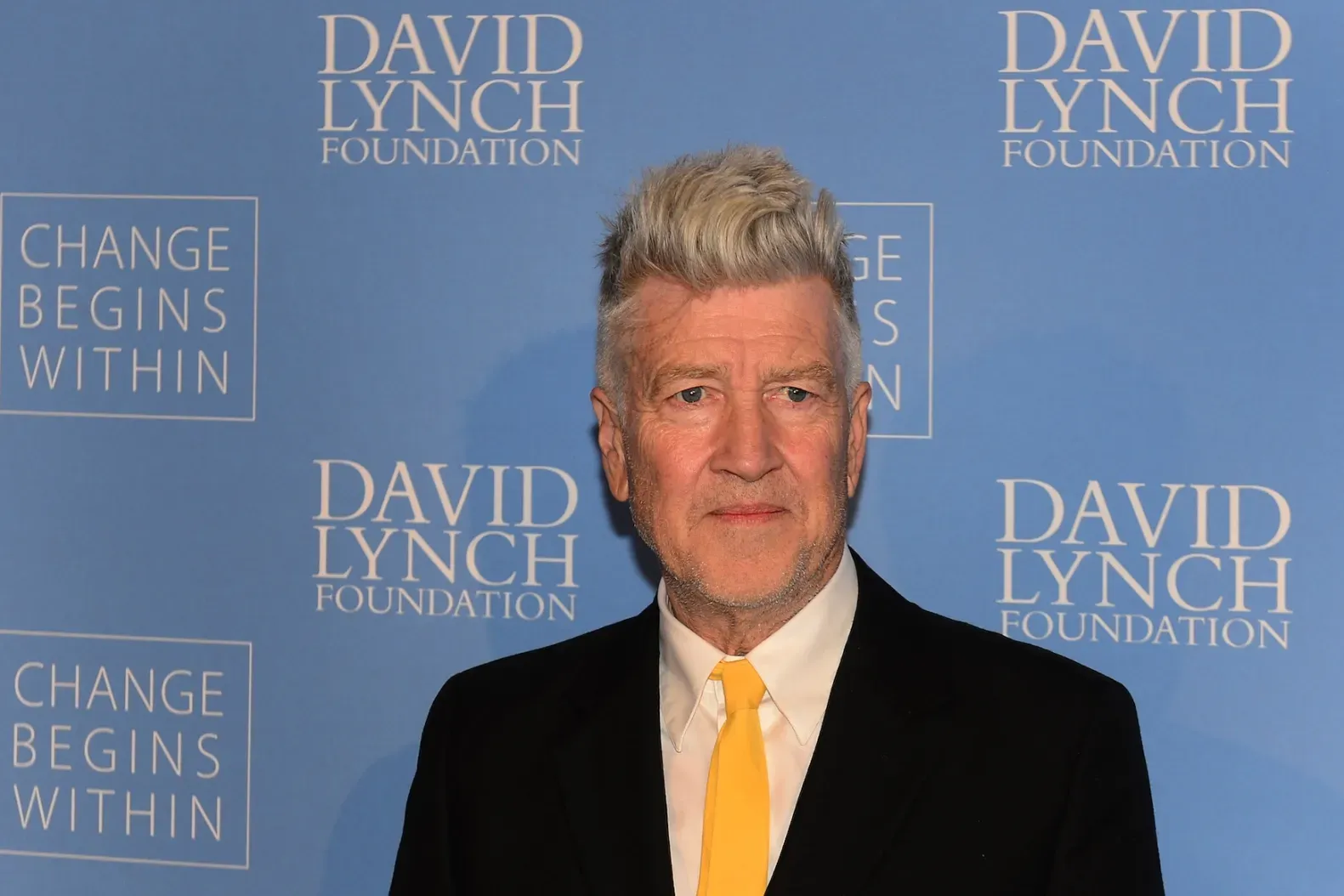
Lynch’s ideas push the boundaries of conventional narratives and his surrealist storytelling and visual style invoke strong emotions that tend to linger. You don’t just forget a DAVID LYNCH movie after you’ve watched it. His ability to think outside the box and project it into dreamlike imagery makes its mystery feel tangible. His encouragement for audiences to find interpretations stimulates imagination and creativity within ourselves, influencing art through art. Twin Peaks inspired me to write a song in my former band Nothing Left For Tomorrow called “Beyond Life and Death”, named after the season two finale. Many fans including myself dress up as Twin Peaks characters for Halloween and have made the trek to Snoqualmie and North Bend, WA to visit the Double R Diner, the Great Northern Hotel and other shooting locations, creating memorable adventures. I grew up being told how to think and was punished for disobeying conformity so in the midst of my teenage rebellion, watching films like Lost Highway and Mulholland Drive encouraged my independent thought and desire to be an artist. Lynch showed me art is unabashed and taught me ideas are boundless which can change your life. He’s one of the most important filmmakers of our time, even having established an eponymous adjective to describe art reminiscent of his style: Lynchian. You can walk into Lynch’s strange worlds that blur the lines of reality and let it unlock parts of your subconscious that may have once been forbidden. His support of TM opened me up to meditation and it helped me relieve my stress, calmly react to vicissitudes of life, stop to breathe and embrace my failures, “because when the dust settles there is nowhere to go but up, and it’s a freedom.”
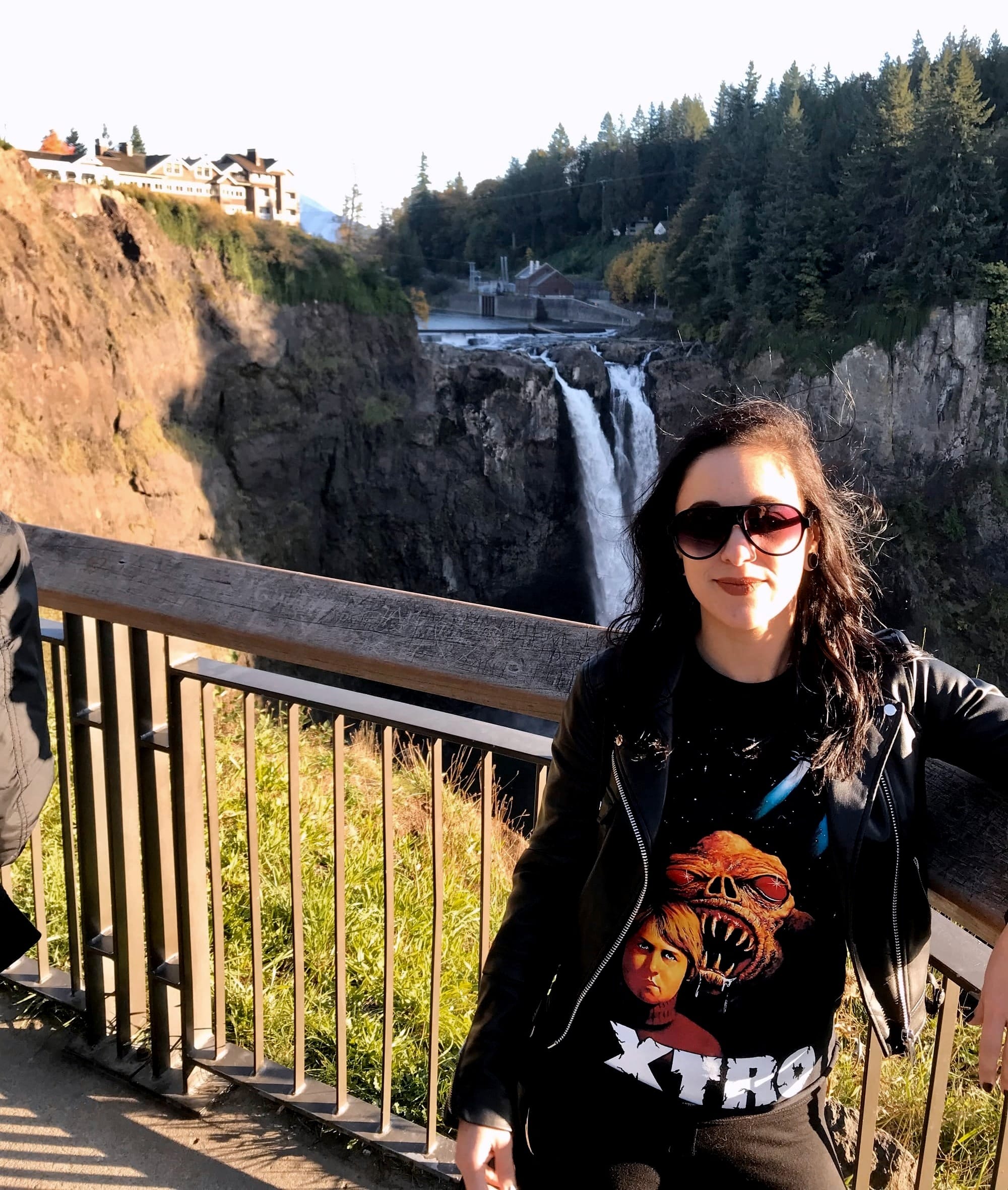
I must say, I do also appreciate Lynch’s uncanny sense of humour. The scene in Mulholland Drive of Angelo Badalamenti regurgitating espresso followed by a cacophony of shouting still makes me laugh to this day. Lynch also delivers comedy himself through his character Gordon Cole. I have a video saved in my phone for whenever I’m feeling sad of Gordon Cole yelling into the bonsai tree’s hidden microphone planted by Windom Earle (Kenneth Welsh): “BONSAI!!” It instantly puts a smile on my face. Twin Peaks: The Return reunited Lynch and Reznor in Part 8 and I was elated when NIN took the stage at the Roadhouse. It brought me back to that year in 1997, when I bought the Rolling Stone magazine in 7-Eleven, brought it home, carefully cut the cover and taped it to my teenage bedroom wall, where it stayed for the next 4 years. When I moved out of my parents house, I safely stored it in my High School diploma jacket. In the many moves over my adult life, I’d come across it while packing and be lost in reverie, reminiscing on those impressionable years watching particular films and television series or listening to certain musicians that contributed to the person I became. I'm eternally grateful for DAVID LYNCH and believe his art has a profoundly everlasting effect that will never cease to inspire others and the world around us. I think it’s due time for that magazine cover to get framed.
